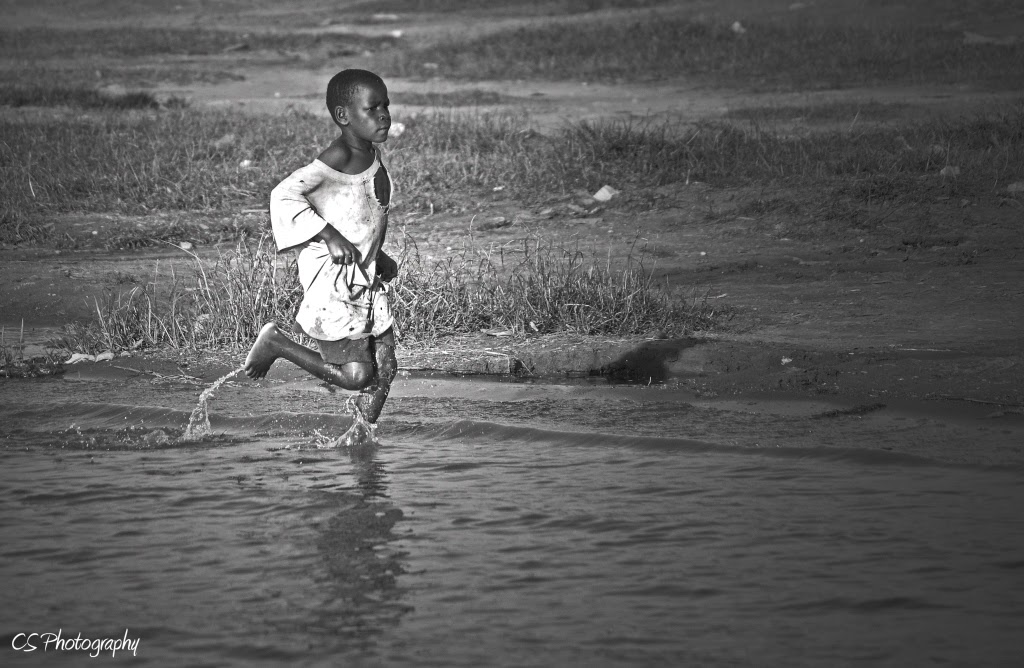Getting that shot!
 |
| Fish Eagle taking flight along the Kazinga Channel by Corne Schalkwyk |
Surely, the most celebrated technical challenge in bird
photography must be that of capturing crisp images of birds in flight. Though I
personally find static portrait shots of birds at rest to be just as pleasing
aesthetically, there is no doubting the dynamic power of a well-executed flight
shot in the mind of the typical viewer.
Birds are, after all, the dominant flying vertebrates, so in some sense
the flight shot might be said to more fully capture the essence of the living bird.
Although still a novice at this, spending countless hours
trying to capture this elusive “essence”, I can state it doesn't come your way
without some hard work on the ground.
Bird photography is regarded by many as the most challenging
branch of wildlife photography, and taking pictures of birds in flight is
certainly the most difficult type of bird photography. With the right
techniques, though, your hit rate for flight shots can be dramatically
improved, making it possible to capture birds at their most spectacular.
 |
| African skimmers over the Kazinga channel by Corne Schalkwyk |
What I have learned: Photographing birds in flight poses a
real challenge for cameras and lenses. They have to be able to focus on
rapidly-moving targets and stay locked on to them long enough to enable images
to be captured, even if the bird flies in front of ‘distracting’ backgrounds.
They have to be able to automatically set a correct exposure in fast-changing
scenes and operate with shutter speeds fast enough to freeze the action.
Finally, to give you a reasonable chance of getting a shot with the bird’s
wings in a decent position, they need to be able to capture a burst of images
in rapid succession.
 |
| Female Pied Kingfisher ready to dive by Corne Schalkwyk |
Flight shots are possible with most DSLR/lens combinations
but, again, there are restrictions on the types of flight shots that can be
handled by budget to mid-range gear. Almost all DSLRs can use shutter speeds of
1/4000th second or faster, which is fast enough to freeze virtually all flight
action. They can also rattle off three or more frames per second, which will
give you a reasonable burst of well-timed shots. Where budget models struggle,
though, is with autofocus ability, making it very difficult to lock on to and
track your subject.
This doesn’t mean you can’t get decent flight shots with
this gear, but does mean that you will need to work hard on your technique and
your hit rate may still be low but its possible (These photos were taken with a
very basic Nikon D3100 that made it easy for me to carry and handle on a
relatively small boat on the Kazinga channel)
 |
| Weaver bird landing at my breakfast at Mweya Safari lodge Uganda By Corne Schalkwyk |
For Safaris in Uganda including boat Safaris on the Nile and
the Kazinga channel contact Premier Safaris. Website:
www.premiersafaris.com (They have great specialist for birding Safaris as well)
One of the best itineraries to use is the Uganda meander –
11 days of the best of Uganda.
For accommodation in these areas contact Marasa Africa who
have great lodges in in the best locations within the national parks of East
Africa:
www.marasa.net
 |
| Landing by Corne Schalkwyk |



